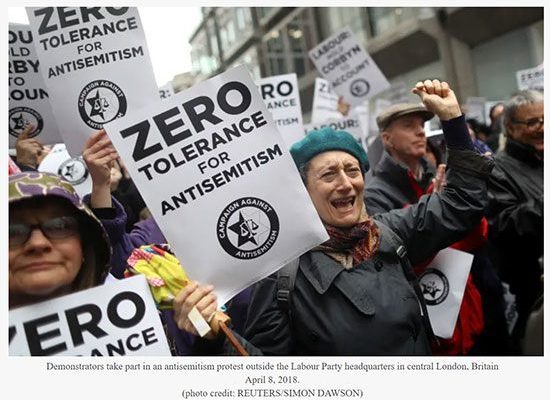Mosa’ab Elshamy a Moroccan based Associated Press photojournalist has demonstrated (on numerous occasions) the anti-Semitism that is so prevalent at the propaganda news outlet that was shacking up with Hamas terrorists. An Associated Press photojournalist based in Morocco named Mosa’ab Elshamy has on more than one occasion tweeted his anti-Semitic bile (and of course has never been banned by Twitter), even Jews “filthy pigs” in a tweet from 2010.
Mosa’ab Elshamy, now an AP staff photojournalist based in Morocco, sent a series of antisemitic tweets between 2010 and 2011, prior to his employment with the AP.
In one Nov. 24, 2010, tweet, a reply to an account that no longer exists, Elshamy tweeted that he believes what he called “the filthy pigs theory,” in his view, “should only be applied to Zionists (and their women).”
Calling Jewish people “filthy pigs” is an antisemitic trope.
According to the Philadelphia Holocaust Museum, throughout Germany, a number of churches have such imagery that Jewish leaders have been fighting for decades to remove. “How often do you look closely at the buildings around you? Really closely? In Germany you might see the judensau, or the Jewish pig,” the Philadelphia Holocaust Museum website says. “There are around 30 churches with stone carvings dating back to the 13th century depicting Jews doing various distasteful acts with pigs. This imagery is meant to mock Jewish people, as in the kosher tradition Jews do not eat pork and pigs are considered unclean. This image in particular is from the church in Wittenberg where Martin Luther preached, and has a stone judensau showing a rabbi inspecting the sow while several people suckle from the animal. Jewish communities have demanded the removal of the carvings on churches throughout Germany but have hit barriers with some preservationists and historians. The tension between preservation and reconciliation can be challenging and is certainly seen all over the world.”
